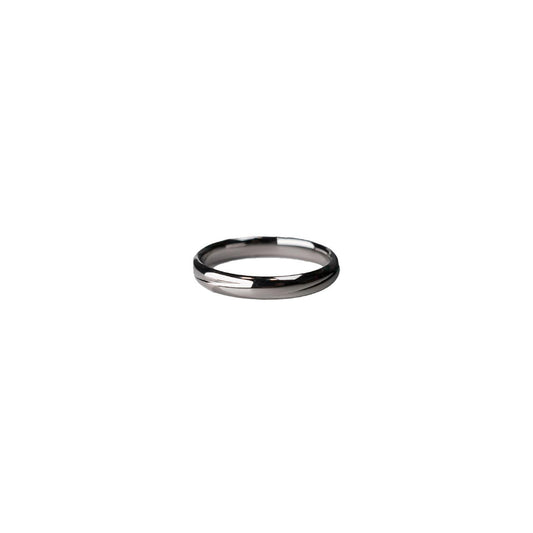Lab-Grown Diamonds Beauty Without Breaking the Bank
Lab-Grown Diamonds Beauty Without Breaking the Bank
The other day, while rummaging through my grandmother’s jewelry box—an activity that’s become something of a ritual whenever I visit—I came across her engagement ring. It's a modest piece, a simple band crowned with a solitary diamond, its facets just beginning to dull with age. Seeing it got me thinking about diamonds, their timeless allure, and how accessibility has shifted through the years, particularly with the advent of lab-grown diamonds.
Lab-grown diamonds, once a curiosity mainly understood by scientists and gemologists, have now firmly taken root in the jewelry industry. In many cases, these diamonds are indistinguishable from their mined counterparts, both to the naked eye and under the scrutiny of experts. They boast the same physical, chemical, and optical attributes as natural diamonds, a fact that continues to fuel their popularity. But, the standout feature for most of us is their affordability.
The cost of lab-grown diamonds can be anywhere from 20% to 40% less than that of natural diamonds. And it’s not just about saving money—it’s about what that saved money allows you to do. Maybe it means choosing a larger stone, opting for a more intricate setting, or even reserving some cash for the honeymoon or future adventures. For many couples, starting life together without the burden of significant debt is as precious as the diamond itself.
As I examined my grandmother's ring, I felt a pang of nostalgia, but also a sense of excitement about how accessibility has changed. When she got engaged, the diamond was an emblem of financial commitment as much as it was a token of love. Fast forward to now, and lab-grown diamonds are reshaping this narrative, making it easier for people to express their love without overstretching their budgets.
One evening, a friend of mine recounted how her fiancé had proposed with a lab-grown diamond ring. She laughed as she told me about his initial hesitance; he had feared that the ring might not live up to expectations. But when she saw it, sparkling under the lights of their favorite little Italian restaurant, she couldn't have been happier. To her, the value of the ring lay in the thought and love behind it, and the stone’s origin wasn’t a consideration at all.
The cultural implications of lab-grown diamonds are profound. Beyond the economic aspect, they challenge the traditional perceptions of luxury and authenticity. As sustainability becomes an increasingly crucial factor in consumer decisions, the reduced environmental impact of lab-grown diamonds—a smaller carbon footprint, less water usage, and fewer ethical concerns—aligns with the values of a growing number of jewelry buyers.
Reflecting on this new landscape, I can't help but feel a mix of admiration and relief. It’s refreshing to know that such elegance and significance no longer need to come with an enormous price tag. As more people embrace lab-grown diamonds, the conversation about what truly constitutes value will continue to evolve, perhaps leading to more meaningful and personal expressions of love and commitment.
So, if you’re out there contemplating your next jewelry purchase or even pondering a proposal, consider lab-grown diamonds. They may just offer the perfect blend of beauty, value, and conscience, proving that the most precious things don't have to be the most expensive.

























